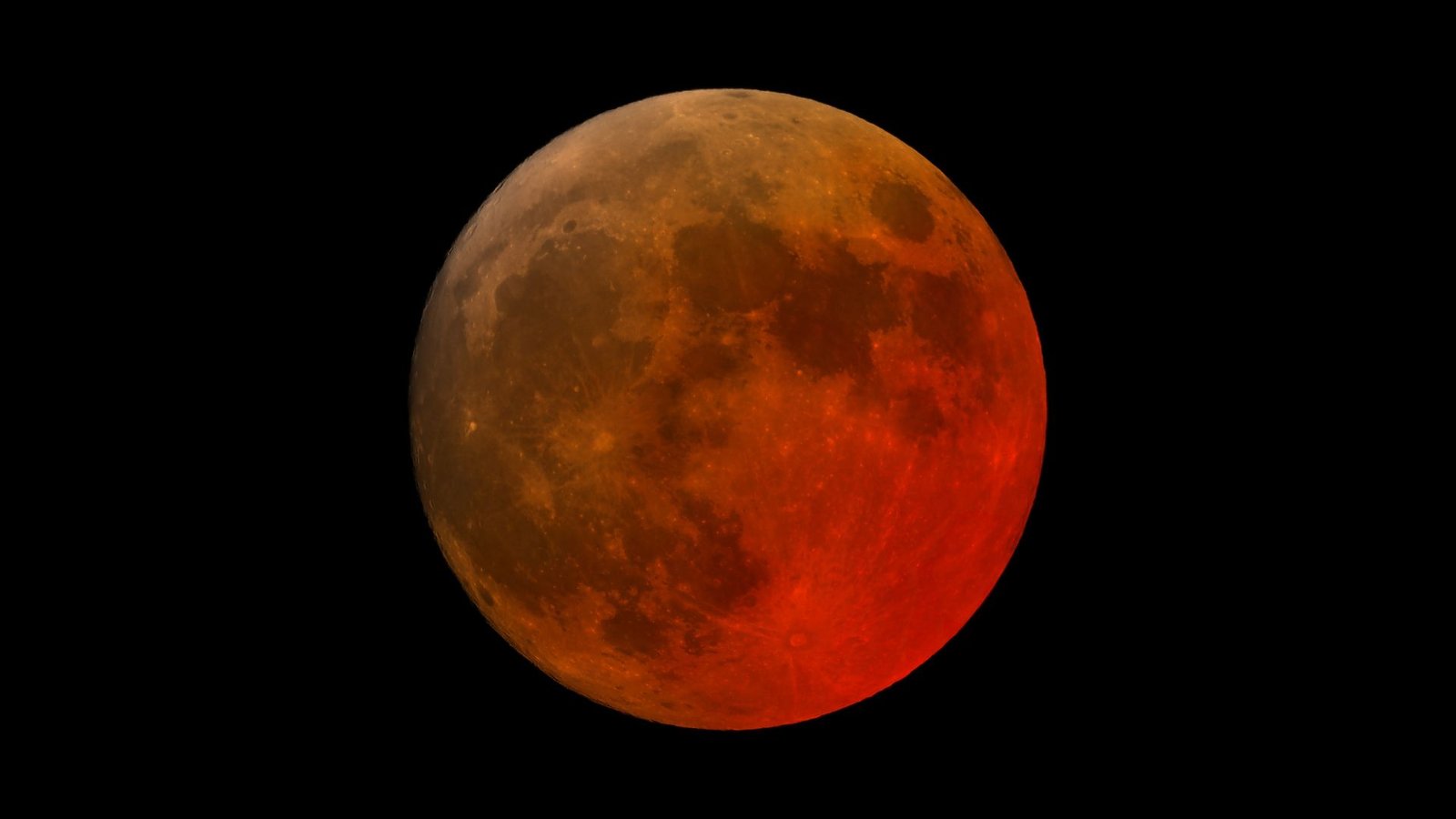In early September, the night sky stages one of its most dramatic acts of the year: a total lunar eclipse—fondly dubbed the “Blood Moon.” The celestial stage will span Asia, Australia, Africa, Europe, and beyond, promising an unforgettable crimson spectacle.
A Cosmic Curtain Rises
On Sunday, September 7, 2025, Earth will align directly between the Sun and the Moon, casting its shadow and triggering a total lunar eclipse. During this alignment, sunlight filters through Earth’s atmosphere, scattering blue light and letting the reddest hues reach the Moon—painting it a deep coppery red .
This event marks the second total lunar eclipse of the year—the first having occurred in March—and is also the longest since 2022, with totality lingering for over 82 minutes .
Timing the Crimson Glow
Accurate timing data underscores the visual drama. In Universal Time (UTC):
- Penumbral eclipse begins at 15:28:21, partial at 16:27:02, and totality spans 17:30:41 to 18:52:47, peaking at 18:11:43 .
That translates locally to dramatic moonlit moments for millions:
- India (Mumbai): About 11:00 p.m. IST to 12:22 a.m., capturing full totality .
- UK (Scotland, e.g.): Moonrise coincides with eclipse onset—maximum phase around 7:11 p.m. BST, with the show lasting until 9:55 p.m. .
- Across Asia, Australia, Africa, Europe, and the Middle East, skies will frame this glowing orb from start to finish .
Roughly 77% of the world’s population—some 6 to 7 billion people—will be treated to totality, while nearly 88% will experience at least some phase of the eclipse .
🔬 Subscribe to SciMail
Get the latest science discoveries straight to your inbox!
Why It’s a Big Deal
The Blood Moon isn’t just a pretty face. Lunar eclipses are valuable for scientists tracking atmospheric scattering, Earth-Moon dynamics, and refining models even useful in the hunt for exoplanet atmospheres. This eclipse, visible on such a wide scale, offers ample opportunity for both citizen skywatchers and researchers.
For cultural reasons, the spectacle radiates extra significance. In India, the eclipse is called Chandra Grahan and inspires rituals, temple gatherings, and stargazing—making it both an astronomical and cultural highlight .
Stargazing in the Desert: Jaisalmer Festival
Adding extra sparkle, Jaisalmer, the Golden City of Rajasthan, will host a Blood Moon Festival from September 6 to 8. That means music, desert nights, local dance, and a cosmic show all in one clear desert sky. It’s shaping up as a stargazer’s pilgrimage with cultural flair .
How to Make the Most of It
- Find a dark, open location—away from city lights—to catch the full moon and its shift to red.
- Note your local timings for penumbral, partial, and total phases.
- No special gear is required, though binoculars or a small telescope can make the red tint richer.
- Consider photography with a tripod if you want to frame the moon against a dramatic horizon or landscape.
- If skies cloud over, don’t worry—many astronomy organizations will stream the eclipse live.
Shared Wonder Across Continents
Once feared as though the Moon were bleeding, modern astronomy sees the Blood Moon as beautiful evidence of atmospheric refracting and cosmic alignment. With nearly half the globe poised to watch this lunar transformation, it’s a moment of collective awe.
So mark your calendars for September 7–8, 2025. Whether you’re in a desert in Rajasthan, a city square in Cairo, or tucked beneath UK skies, the Moon’s fiery transformation is a reminder: the cosmos loves big, theatrical gestures—and this one’s on Earth’s home turf.


Leave a Reply